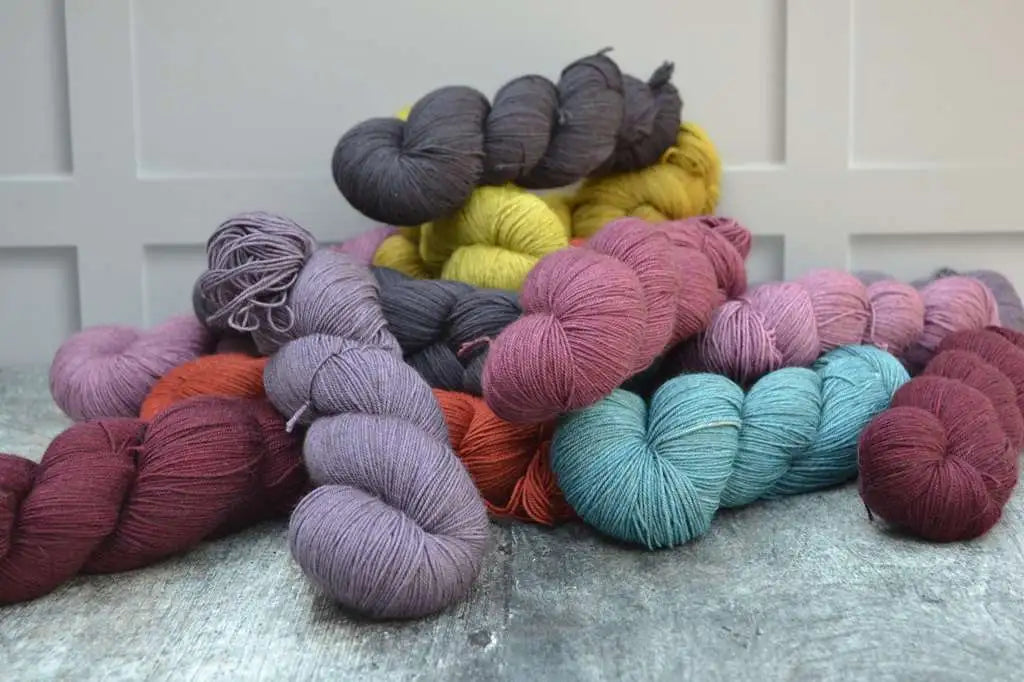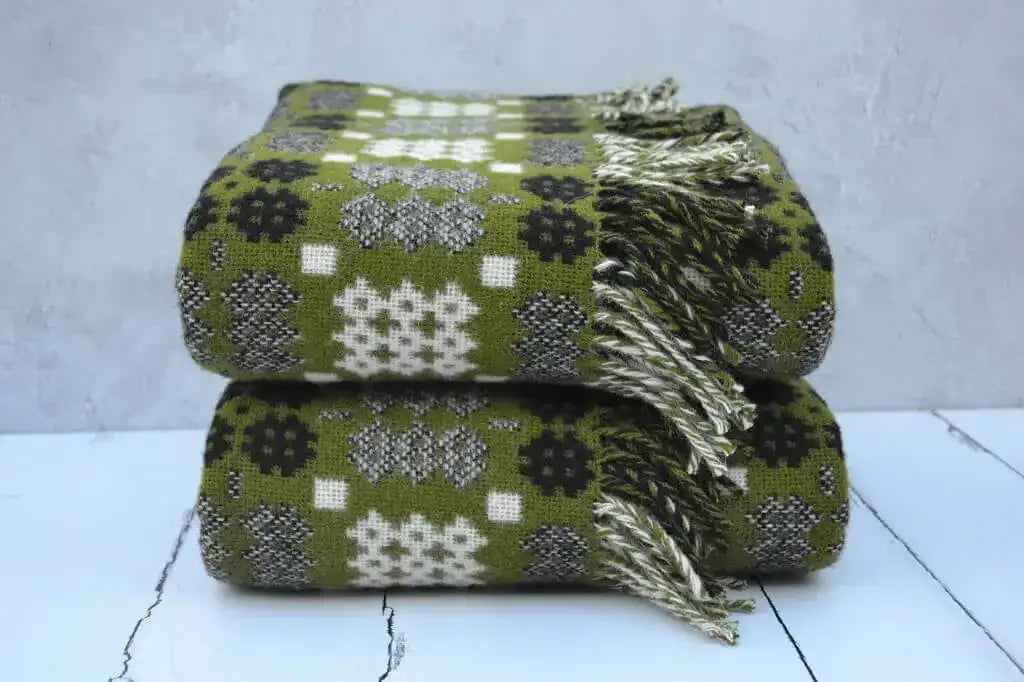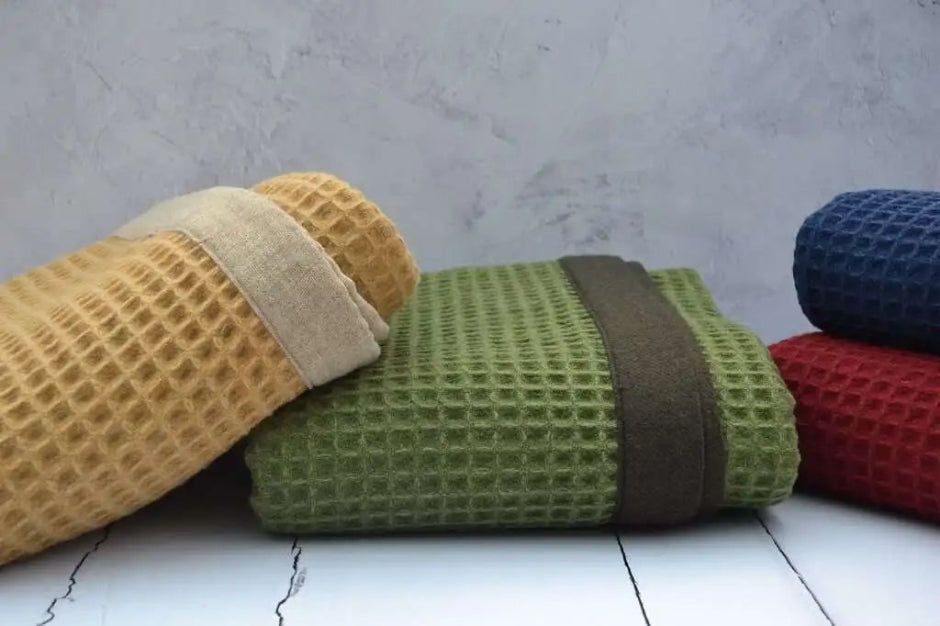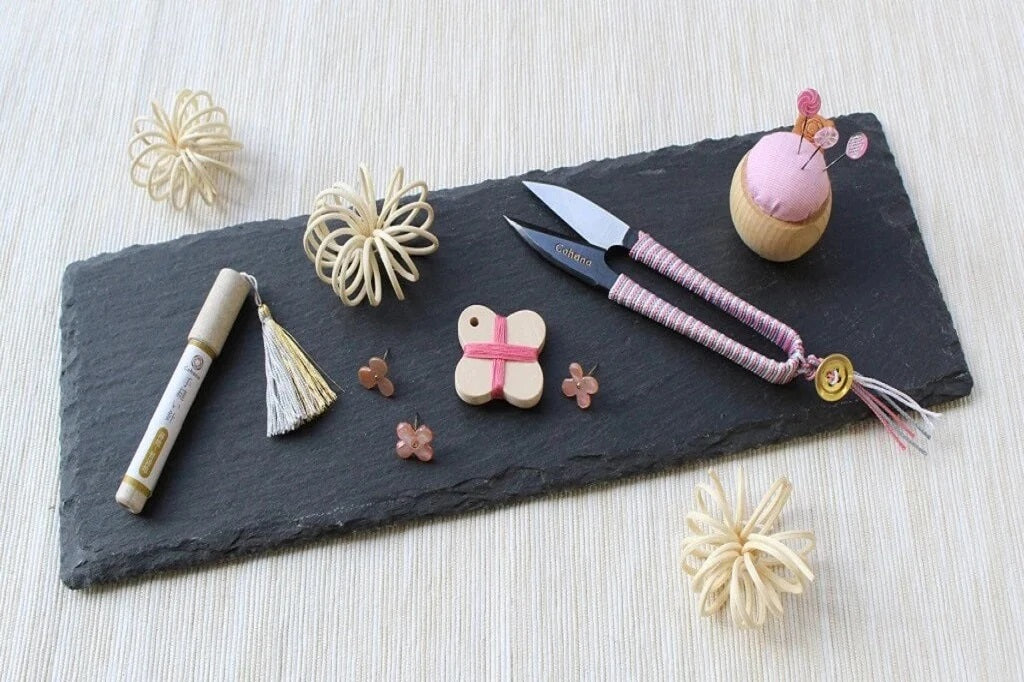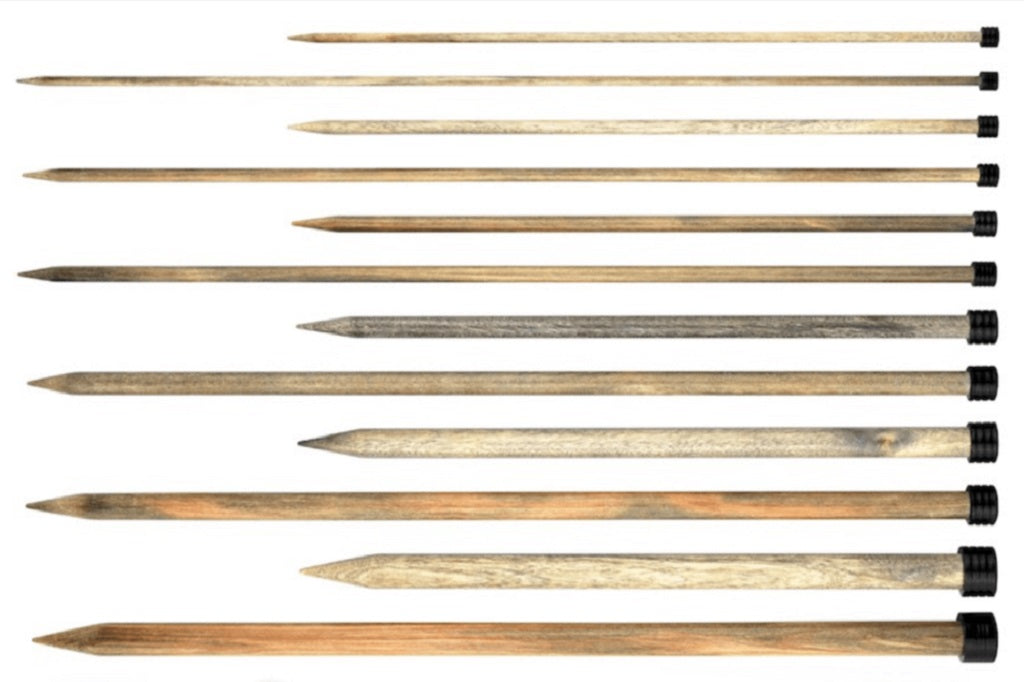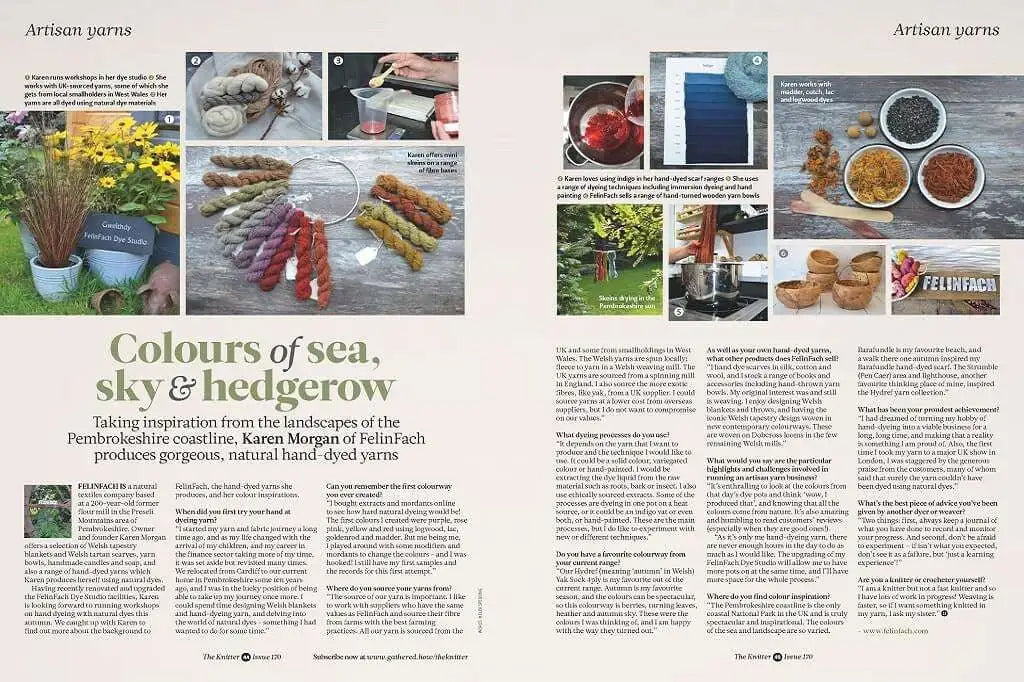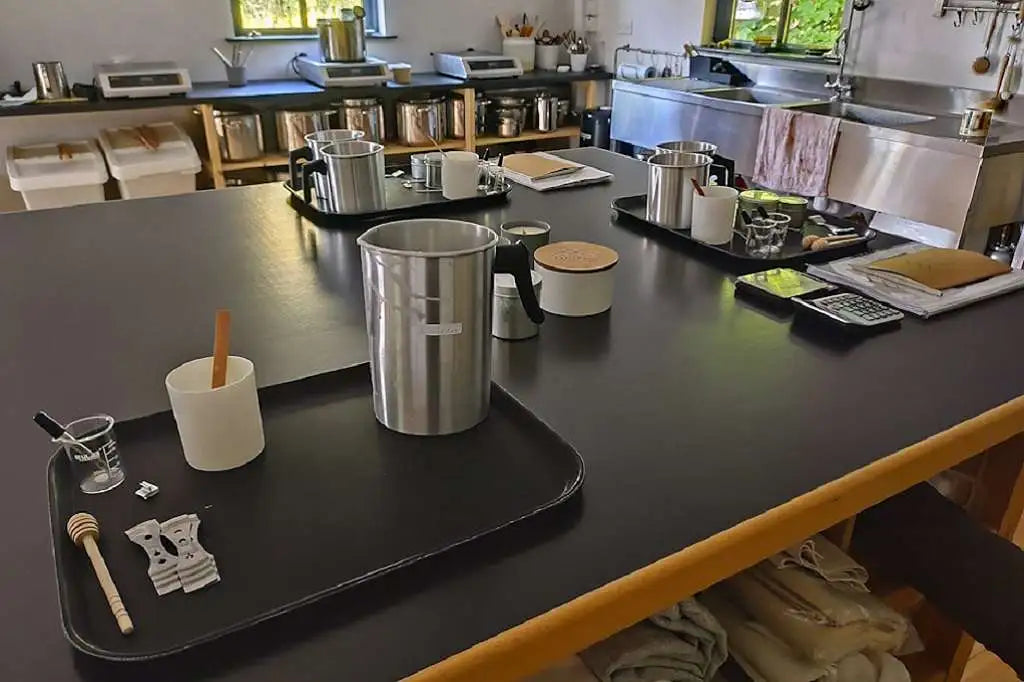Yarn Shop
Welsh Blankets
Clearance Sale
Craft Courses
Laverbread Wales - Welshman's Caviar
Summary - Laverbread Wales
Laverbread, or "Bara Lawr" in Welsh, is a traditional Welsh delicacy made from edible seaweed (Porphyra Umbilicalis). Despite its name, it is not bread but a paste with a unique texture and salty flavour. Historically, it was a key nutritional source, especially for South Wales miners, providing essential iron. Laverbread remains culturally significant and is often enjoyed with cockles and bacon. Richard Burton famously called it "Welshman’s caviar." While opinions on its taste are divided, it remains a cherished part of Welsh cuisine, commonly spelled as one word, "Laverbread," rather than two.
What is Laverbread?
Laverbread is a traditional delicacy in Wales made from edible seaweed known as laver, (Porphyra Umbilicalis). Laver is collected by hand from the Welsh coastline and has a unique texture and salty flavour. Despite its name, laverbread is not bread but rather a type of paste or puree. It has been a staple food in Welsh cuisine for centuries and holds cultural significance in Wales.
Laverbread is rooted in Wales' history as a vital source of nutrition. This high energy food source was particularly crucial for hard working pit workers in the South Wales mining valleys where it became a staple breakfast food. Women and children who also worked underground in the pits, were often malnourished, and were advised by doctors to eat Welsh Laverbread because it provided an unmatched source of iron.
Welshman's Caviar
Today, Laverbread is a Welsh delicacy, being described by the world famous actor Richard Burton as ‘Welshman’s caviar’. Accordingly to 'legend', it was part of his favourite breakfast, fried laverbread with cockles and bacon.

Laverbread or Laver Bread
Both versions are acceptable but the one-word version, Laverbread, is by far the most commonly used version. In Welsh Laverbread is 'Bara Lawr'. A bit like 'Marmite', you like it a lot or you don't like it at all - there is not much middle ground here! We're not keen on it, it has to be said!!!
Celebration Days and Festivals in Wales
Here is a short list of celebration days and festivals in Wales. All these days are listed on the "Celebration Days in Wales" page below.
Laverbread Cooking and Eating
Laverbread Taste
Laverbread has a unique taste that is often described as savory and earthy, with a slight hint of iodine from the seaweed. It can be enjoyed on its own or as part of a full Welsh breakfast, typically served with bacon, sausages, eggs, and other traditional breakfast items. It can also be used as a filling in sandwiches or added to various dishes for added flavour. The combination of the salty laverbread with the richness of the other ingredients creates a delicious and hearty meal.
In addition to its culinary appeal, laverbread is also considered highly nutritious. Laver seaweed is packed with vitamins, minerals, and dietary fibre, making it a healthy choice. It is particularly rich in iodine, iron, and protein.
How to Cook Laverbread
To prepare Laverbread, freshly harvested laver seaweed is boiled for several hours until it becomes soft and tender. It is then minced or pureed to form a thick, dark green paste. Sometimes, it may be mixed with oatmeal or other ingredients to enhance its texture and flavour.

Laverbread Welsh Recipe - Serves: 4
- 600g fresh laver seaweed
- 3 tablespoons olive oil
- 1 to 2 teaspoons fresh lemon juice
- salt and pepper, to taste
- 4 slices bread
- butter, to taste
- Instructions:
- Start by gently heating a frying pan or skillet over medium heat.
- Add the butter to the pan and allow it to melt.
- Once the butter has melted, add the laverbread to the pan and spread it out evenly.
- Cook the laverbread for about 5-7 minutes, stirring occasionally to prevent sticking and ensure even cooking.
- Season with salt and pepper to taste. Remember that laverbread has a naturally salty taste, so be cautious with the amount of additional salt you add.
- If desired, you can also cook bacon separately and serve it alongside the laverbread. Alternatively, you can also cook some cockles and serve them as a topping for the laverbread.
- Once the laverbread is cooked and seasoned to your liking, remove it from the heat and serve it hot.
- Freezing
If you have too much laverbread to use immediately, it freezes very well. Simply wrap in greaseproof paper and freeze in an airtight container. When you’re ready to use them all you need to do is just defrost before cooking.
National Laverbread Day in Wales 14th April
To promote interest in Laverbreadand to commemorate this famous Welsh dish, The Pembrokeshire Beach Food Company founded the first Laverbread Day on 14th April 2022.
Its owner commented, "For too long we feel laverbread has been cast aside as a footnote in the culinary world. But not anymore: from now on this incredible ingredient shall be celebrated, revered around the world for the marvellous delicacy it is. So cast aside your inhibitions: life is an adventure, food is an adventure. Be bold, be brave and make this day and every day forth the day of Laverbread, born from land as ancient as the oceans themselves. To me, Laverbread has to be one of the food wonders of the world. The use of laverbread has declined and we believe that this is just not acceptable: this food wonder should be celebrated as much as possible.”
About FelinFach
Located in Pembrokeshire Wales, our ethos is defined in the three words...
NATURAL TRADITIONAL HANDMADE.
- Hand woven iconic Welsh blankets.
- Hand dyed yarn, dyed with natural dyes only - no exceptions!
- Hand poured candles, candle accessories and Candle Making Workshops.
- Natural Dyeing Craft courses.
- Yarn shop, yarn bowls, project bags, tools and accessories for knitters and crafters.
- Welsh Gifts, made in Wales, handmade in Wales.
We are a proud supporter of Americymru the Campaign for Wool, Global Welsh and Red Dragon America.
Other FelinFach Pages
Last updated 2nd April 2025

